I’ve never been a Steven Soderbergh completist, and my critical assessment of his oeuvre is distinctly divided — so it’s no surprise that I’m torn on the storied indie auteur’s latest, Logan Lucky. It definitely has its strong points — it’s funny, fast paced and boasts some great performances. But it’s also remarkably tone-deaf when it comes to its representation of what the film frequently refers to as “hillbillies.” Once I got past the vague sense of offense that pervaded my reading of the film there was plenty to enjoy, but I could never quite overcome my lingering questions regarding the narrative and subtextual function of the film’s setting. Is it supposed to be taken as a commentary on red state politics or economic disparity? The “why” of it all is never quite clear.
Ostensibly set in West Virginia, with the central heist taking place at the Charlotte Motor Speedway, Soderbergh takes a decidedly exploitative tack toward his subjects’s white trash environs. Whereas films such as the Coens’ O Brother Where Art Thou approach Southern stereotypes with a level of affection for their subject, Logan Lucky instead doubles down on the prejudicial remonstrations against the Southern people populating its amorphous geography. A second act beauty pageant performance of John Denver’s “Country Roads” comes across as pandering rather than sincere, as if Soderbergh and writer Rebecca Blunt recognized they had gone a step too far and wanted to walk things back a bit.
Soderbergh is obviously a competent filmmaker, but Logan Lucky is potentially more interesting for what went on behind the scenes than for its Ocean’s Eleven redneck reboot premise. Screenwriter Blunt may or may not actually exist, and Soderbergh used the film as a test run for a self-distribution and financing formula that wrests control of marketing and exhibition from the predatory studio system that has long held a stranglehold on the film industry. This may one day prove to be an important moment in cinema history, but not because of what ended up on screen.
The cast is probably the greatest strength in Logan Lucky’s favor, and Soderbergh gets great performances from his talented ensemble. Channing Tatum and Adam Driver, two actors about whom I have decidedly mixed opinions, have an easy chemistry that proves eminently engaging. Riley Keough displays an admirable screen presence despite being saddled with an underdeveloped character, and cameos from Hillary Swank, Macon Blair and Seth MacFarlane are all too bizarre to go without mention. Daniel Craig all but steals the show as the aptly named Joe Bang, a bleached blonde safe-cracker with a surprising knack for science. If Craig’s performance teeters on the brink of hamminess, it’s so apparent that he’s enjoying the hell out of himself that it’s hard not to follow suit.
Logan Lucky is a film that measures up to any of Soderbergh’s earlier work, and surpasses much of it in terms of accessibility and entertainment value. Does that justify its existence? Perhaps to an extent, although I still struggle to grasp why this was the project to pull him out of pseudo-retirement. That said, it’s a fun — if occasionally frivolous — film that delivers what it promises, warts and all. Rated PG-13 for language and some crude comments. Now Playing at AMC Classic River Hills 10, Carolina Cinemark, Regal Biltmore Grande, Epic of Hendersonville, Co-ed of Brevard.



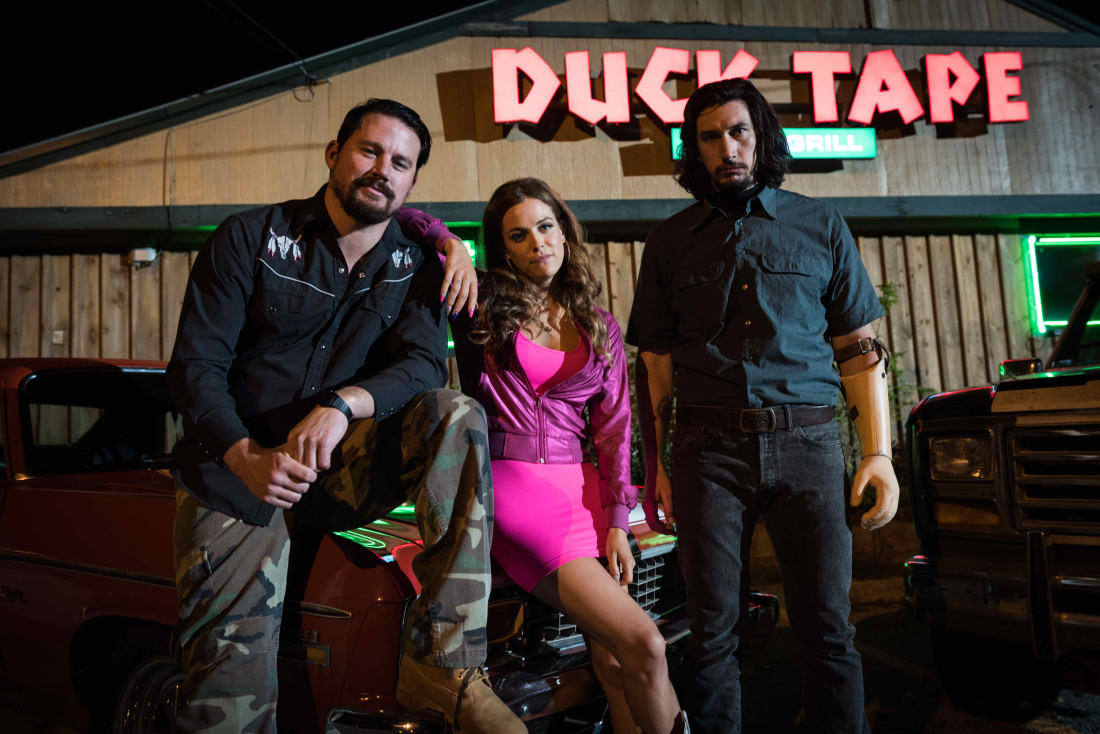
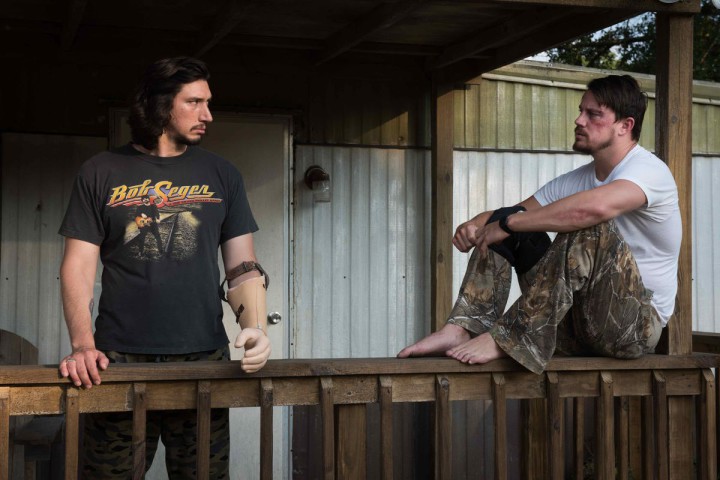
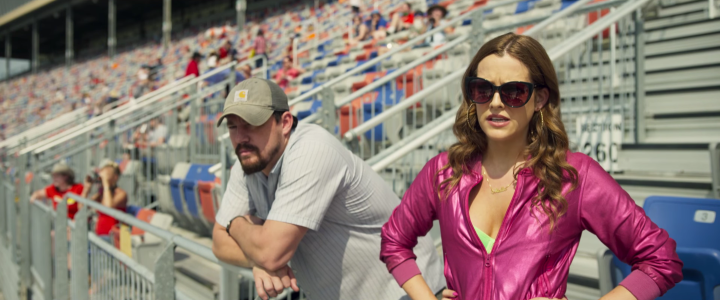
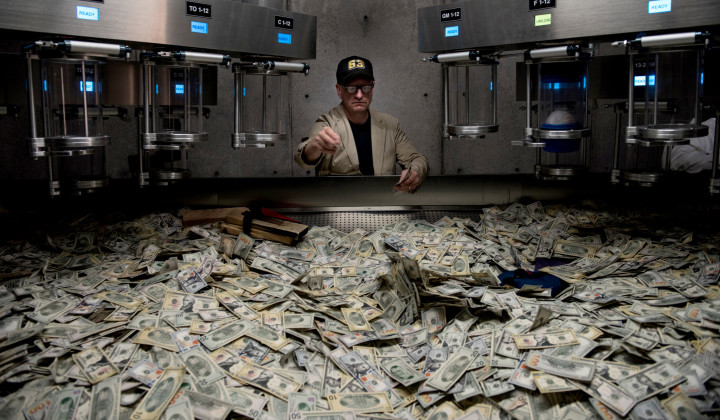

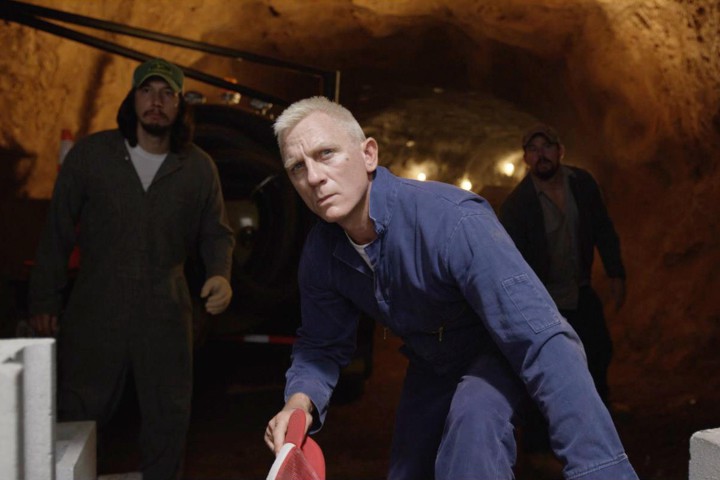
Before you comment
The comments section is here to provide a platform for civil dialogue on the issues we face together as a local community. Xpress is committed to offering this platform for all voices, but when the tone of the discussion gets nasty or strays off topic, we believe many people choose not to participate. Xpress editors are determined to moderate comments to ensure a constructive interchange is maintained. All comments judged not to be in keeping with the spirit of civil discourse will be removed and repeat violators will be banned. See here for our terms of service. Thank you for being part of this effort to promote respectful discussion.